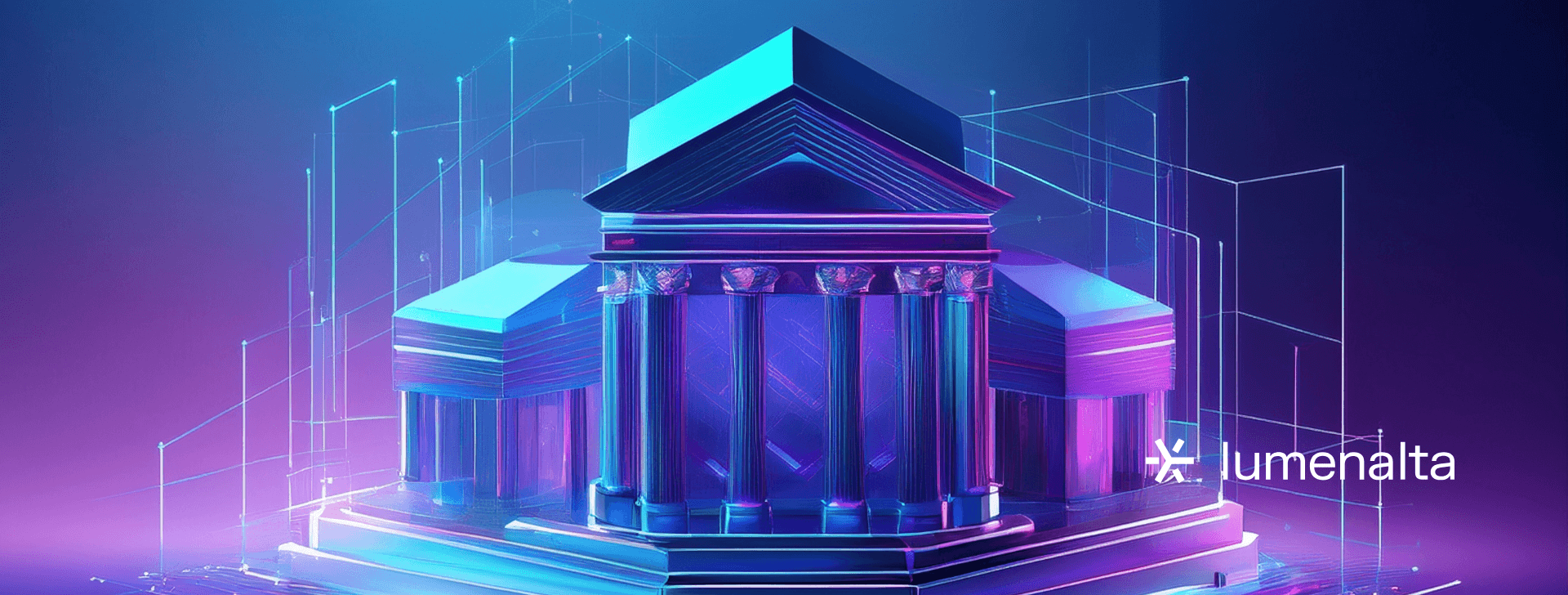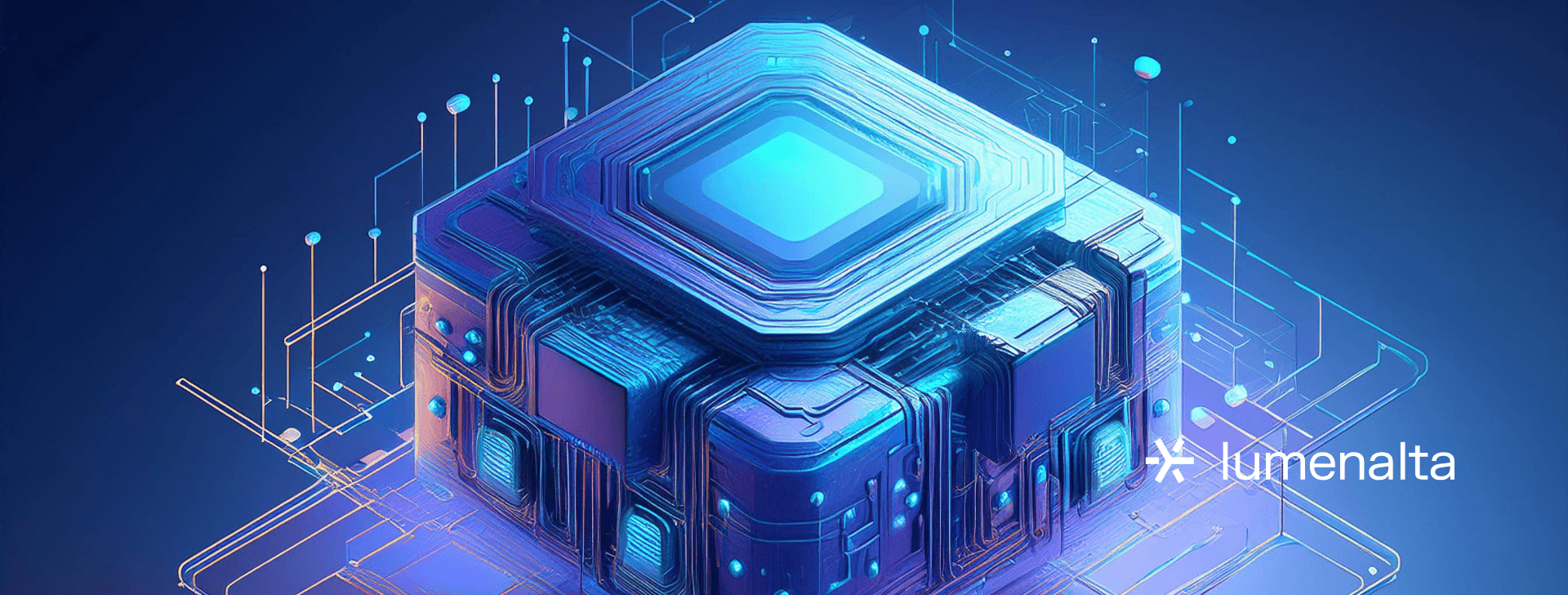

What is compliance automation?
MAR. 2, 2025
6 Min Read
Compliance automation reduces manual workloads and helps organizations maintain transparency in record time.
Dedicated processes, specialized tools, and integrated workflows now tackle regulations more accurately than older systems. Teams that embrace these strategies can focus on innovation without losing sight of important obligations. Enterprises of all sizes stand to gain from a standardized approach that preserves trust and meets legal requirements. This method combines strategic planning with technology solutions that systematically address potential blind spots. Stakeholders who want more scalable governance structures often look to compliance automation to protect data integrity and accelerate business outcomes. Pursuing these improvements leads to reduced overhead and a direct advantage in cost management.
Key takeaways
- 1. Automating compliance tasks lowers operational costs and supports faster growth.
- 2. Regulatory compliance automation fosters consistent governance across multiple departments.
- 3. AI-based solutions enhance how organizations detect risks and adapt to new mandates.
- 4. Quality audit trails simplify documentation and reduce last-minute scrambling.
- 5. Compliance automation tools vary in scope, so careful selection ensures maximum return on investment.
What is compliance automation?
This approach relies on automated workflows and specialized compliance automation platforms to reduce the labor associated with verifying adherence to laws, standards, and internal policies. Instead of chasing multiple manual procedures, organizations set up rules-based processes that check every relevant function in real time. This style of automated compliance monitoring replaces old spreadsheets and static checklists with dynamic technology that keeps pace with regulatory changes.
Many organizations rely on these solutions to simplify tracking and documenting compliance tasks. Implementation often involves software integrating with existing systems and continuously flags anomalies based on selected parameters. The result is a streamlined structure that aligns with industry regulations, data privacy guidelines, and internal security frameworks. This method also reduces human error risk and helps staff focus on broader goals.
"Compliance automation reduces manual workloads and helps organizations maintain transparency in record time."
How does compliance automation work?
Compliance automation operates by embedding control checks into day-to-day processes. Each department configures automated compliance rules that look for violations, documentation gaps, or inconsistencies in data management. Systems then generate alerts or prompt designated individuals to address these findings promptly and thoroughly. Critical tasks shift from extensive manual review to a technology-supported approach that flags deviations before they escalate.
Teams seeking how to automate compliance often start by identifying specific standards that must be met and aligning supporting technology to measure these parameters. This blueprint includes continuous logging, instant notifications, and secure repositories for audit trails. Automated compliance also involves machine-backed oversight that can adapt to new regulations or policies with minimal downtime. Executives appreciate the clarity this framework provides since they gain quick insights into potential vulnerabilities.
Benefits of compliance automation

Organizations recognize several concrete gains when they decide to automate compliance. Lower operational costs often result from fewer manual tasks, and staff can refocus on strategic projects that drive profit. There is also an important impact on risk mitigation since automated compliance frameworks catch issues more accurately than older, spreadsheet-based processes. Many teams prefer compliance automation for its ability to elevate quality without adding unnecessary overhead.
- Faster remediation: Automated alerts help teams fix potential non-compliance almost immediately, which reduces legal exposure and keeps the business on track.
- Improved data accuracy: Preconfigured workflows systematically handle data without the typical human slip-ups that can impact audit readiness.
- Enhanced security posture: Continuous monitoring tools detect anomalies and highlight gaps before they evolve into large-scale incidents.
- Centralized information: Documentation, reporting, and policy changes are stored in one location, simplifying how employees access details and updates.
- Scalability: Systems adjust as the organization grows, supporting higher volumes of compliance checks with minimal extra cost.
- Comprehensive audit trails: Key events are logged, timestamped, and easily retrievable, creating clear records for internal reviews or external audits.
- Alignment with industry standards: Each regulated sector has unique guidelines, and automated compliance workflows adapt to these benchmarks more seamlessly.
These benefits give business decision-makers measurable ways to track the return on their compliance investments. Process owners generally appreciate the reliability of digital checks, which leads to fewer last-minute fixes. Setting up these automated workflows also helps maintain stakeholder confidence, especially when handling sensitive data. This foundation supports consistent growth, thanks to a strong compliance culture that scales with organizational goals.
Importance of regulatory compliance automation
Regulatory compliance automation ensures that organizations meet obligations in financial services, healthcare, and many other fields, even as new mandates arise. Government authorities frequently update requirements, and companies that lack automated systems may struggle to keep pace. A streamlined procedure greatly reduces the risk of fines, customer distrust, and reputational harm. Relying on software to handle these checks makes reconciling evolving rules with daily operations simpler.
Some teams look to automated regulatory compliance to avoid legal trouble and open new business possibilities. Clients and partners often expect robust oversight, so an organization with strong controls can attract more opportunities in international markets. This shift toward ongoing surveillance helps leadership ensure that sensitive details are never overlooked. Strengthening compliance across the board builds trust internally and externally, protecting long-term viability.
Compliance automation use cases

Healthcare data privacy
Healthcare data privacy remains a top priority, given the strict regulations around patient information. Organizations that automate data privacy compliance can streamline patient consent forms, medical record handling, and incident reporting. Real-time validations identify when protocols are not followed, preventing accidental disclosures or unauthorized access. Implementation often includes scanning systems for compliance with HIPAA standards, and then generating alerts when a process requires review.
Financial services risk management
Banking and insurance firms handle massive volumes of sensitive transactions. Automated compliance helps them flag irregularities, reduce fraud, and align with shifting anti-money laundering directives. This practice incorporates thorough cross-checks that link different data sources, spotting suspicious activity before it grows into larger claims. Tightening these controls instills more confidence in customers and regulators alike.
Manufacturing operational efficiency
Factories face multiple compliance rules related to safety, labor practices, and quality assurance. Compliance automation surfaces any gaps in these areas by systematically reviewing logs, incident reports, and employee certifications. Automated compliance monitoring adds an extra layer of reassurance since managers can respond proactively to flagged issues. Streamlined workflows also optimize production schedules, avoiding expensive downtime linked to non-compliance.
What is automated compliance testing?
Automated compliance testing focuses on verifying that systems and processes function within defined parameters. It involves creating test cases, simulating real conditions, and analyzing results through specialized software. This level of scrutiny extends beyond surface-level checks, as the technology detects hidden vulnerabilities that manual evaluations might miss. Teams use automated compliance testing to validate whether policies are enforced accurately and consistently.
Security applications rely on these tests to confirm that firewalls, access controls, and encryption protocols remain up to date. Data integrity tools run parallel checks confirming whether database information aligns with the required format and structure. These automated routines cut down on human workload while delivering more thorough coverage. Executives gain timely insights to see if the organization is on track or needs immediate adjustments.
AI in compliance automation

Artificial intelligence is taking compliance automation to a higher level, especially regarding predictive analysis. Algorithms examine historical patterns to anticipate issues, reducing reliance on purely reactive measures. Complex networks of rules can be updated with minimal intervention, allowing teams to address new risks more quickly. AI compliance automation often pairs with machine learning to detect anomalies that regular rule-based systems might overlook.
AI-powered solutions process large datasets without compromising accuracy, making them suitable for highly regulated sectors. Emerging innovations also include natural language processing tools that automatically interpret new regulations and suggest policy updates.
How to create a compliance automation checklist
Identify regulations
Building a compliance automation checklist starts with a clear view of the local, national, and international rules you must follow. Stakeholders compile these obligations into categories, then determine which areas can be automated. This mapping process clarifies where technology can have the most impact and helps avoid gaps or overlaps. Teams often consult legal counsel to confirm that they interpret each regulation correctly.
Define metrics and triggers
Every checklist benefits from specific metrics that indicate success or failure in meeting requirements. Automated systems rely on these triggers to alert staff when a threshold is exceeded or an anomaly arises. This approach replaces guesswork with data, giving more transparent insights into daily operations. Departments also establish escalation paths so that critical items are addressed immediately.
Integrate and review
After the checklist is formalized, teams link it to relevant software, dashboards, or workflow tools. Frequent reviews ensure that the items on the list remain valid as regulations evolve or as the business introduces new products. Compliance managers track results and fine-tune processes to maintain efficiency. This final step promotes a culture of accountability since everyone knows the standard to meet and can see how well the organization is aligning with it.
"AI compliance automation often pairs with machine learning to detect anomalies that regular rule-based systems might overlook."
Top compliance automation tools

Teams often assess multiple solutions before selecting a tool that matches their industry, risk profile, and budget. Some platforms specialize in data privacy, while others focus on broad oversight across various standards. Many deliver real-time dashboards and analytics that highlight anomalies or trends. The following set of compliance automation solutions represent widely adopted technologies that serve different scopes and sectors.
- SecureTrack: Focuses on firewall and network device compliance by performing policy audits and recommending updates for risk mitigation.
- DataGuard: Manages data privacy regulations through streamlined consent management, encryption monitoring, and continuous gap analysis.
- AuditPro: Generates comprehensive reports for financial and operational audits, reducing manual input and facilitating quick sign-offs.
- Vanta: Monitors security frameworks and provides guided remediation steps that align with common compliance standards like SOC 2 or ISO 27001.
- LogicGate: Offers a configurable workflow engine that adapts to an organization’s unique governance, risk, and compliance processes.
- Hyperproof: Integrates with multiple applications to track tasks, collect evidence, and manage controls through a single dashboard.
- OneTrust: Specializes in data privacy compliance, with modules covering cookie consent, vendor management, and regulatory intelligence.
Each solution has distinct advantages, so evaluating them requires careful analysis of your operational needs. Teams should confirm that the tool supports your desired compliance frameworks and easily integrates with existing systems. Some solutions excel in niche areas like data privacy, while others offer a more comprehensive suite of features. Reviewing feature sets side-by-side clarifies which option delivers the most immediate impact.
How to choose the right compliance automation tool
Selecting a tool involves determining the key regulatory requirements you must satisfy and checking whether the platform supports them out of the box. It is also wise to compare the cost of ownership, from license fees to the resources needed for implementation and training. Some teams pilot a small rollout to measure real-time performance and identify any hidden obstacles. A thorough approach looks at each step in the compliance process to see if the tool brings enough value to justify adoption.
Vendors typically highlight their integration capabilities, so verifying that the product can link to your existing data flows is a top priority. Certain industries require more granular evidence tracking or advanced analytics, making these features a must-have. Security audits of the provider help verify reliability and keep your organization’s data safe. Achieving a transparent, user-friendly system should be a guiding factor in your final decision.
Understanding what compliance automation is goes beyond simply checking a box for legal obligations. It involves aligning technology, processes, and people to address a wide range of requirements in a structured, repeatable way. Many companies see a faster route to market once they reduce the time spent dealing with manual oversight. This shift frees teams to concentrate on strategic goals that drive measurable returns.
Compliance automation should also adapt as your organization grows, ensuring that new ventures or expanded operations remain secure and trustworthy. A proactive mindset helps you prepare for emerging mandates in any region you serve. Automated capabilities, supported by AI and continuous testing, create a more consistent approach that resonates with investors and clients alike. Adopting this framework protects your business and positions it for stable growth.
Compliance automation does more than cut costs—it promotes consistent oversight across every business function. Adopting intelligent solutions that handle regulatory checks, data integrity, and continuous monitoring positions you to focus on what truly matters: delivering results that drive growth. At Lumenalta, we specialize in developing tailored compliance strategies that empower your organization to lead. Let’s shape a brighter path.
table-of-contents
- What is compliance automation?
- How does compliance automation work?
- Benefits of compliance automation
- Importance of regulatory compliance automation
- Compliance automation use cases
- What is automated compliance testing?
- AI in compliance automation
- How to create a compliance automation checklist
- Top compliance automation tools
- How to choose the right compliance automation tool
- Common questions about compliance automation
Common questions about compliance automation
What is compliance automation in simple terms?
How does automated compliance monitoring work?
Why is regulatory compliance automation important for data privacy?
How to automate data privacy compliance effectively?
What is the role of AI compliance automation?
Want to learn how compliance automation can bring more transparency and trust to your operations?
















